
- About Us
- |
- Contact us
- |
- Term & Conditions
- |
- Travel News
- |
- Faqs
- |
- Sitemap
Things to Know before You Go
Although most of the planning and preparation is taken care of for you, there are still a few things you should know and some details you should take care of to ensue your comfort, safety and peace of mind. Please review the following information before your departure to ensure that any surprises along the way will only be pleasant ones.
Passports & Visas
Most visitors to Vietnam need a visa to enter the country. Visas are exempted for the citizens of the countries with a bilateral visa exemption agreement with Vietnam, including Thailand, Philippines, Malaysia, Indonesia, Singapore, and Laos.
Tourist visa can be obtained in Vietnamese embassies, consulates abroad or On-Arrival visa. To apply for a visa at Vietnamese Consulates, the requirements are as follows:
1. Entry permit form (which can vary from one Vietnamese embassies or consulate abroad to another) - There are two categories of this form: for foreigners and for Vietnamese overseas.
2. Two photos
3. Original passport
4. Visa fee.
You should send your application and photos to a Vietnamese embassy or consulate abroad, which is most convenient to you. Your visa approval and passport will be returned to you by post (you must provide stamped envelopes with your name and address).
We can help to apply for Vietnam On-arrival visa, contact us for details.
Trip preparation
A little pre-planning can make your trip go a lot smoother. Several weeks before your trip, make a list of what you will need to take with you. Make sure your personal documents (passports, visas) are in order and that you have enough prescription medications to last through the trip. We suggest that you make photocopies of passports, visas, and any other important travel documents and pack them separately from the originals. Pack a list of medications including dosage and generic names. If you lose the originals while traveling, you'll have copies for easier reporting and replacement. You may consider bringing a small supply of over the counter medications for headaches and/or anti-diarrhea pills.
Customs regulations
Passengers are required to fulfill entry and customs form when entering Vietnam. A new form is currently used for entry and exit procedure. In cases of re-entry or re-exit without any must-be-declared items, you simply submit the copy of your entry and customs form (yellow paper) or make a new one. Cross (x) and fill the first up to the sixteenth boxes in the form. You must submit this form to customs and immigration officers.
To save your time, in the entry and customs form, you should clearly note down:
1. Camera, recorder and other electric equipment not for personal use;
2. Jewelry (especially gold) and precious stones not for personal use;
3. Foreign currency (cash, coin and tourist cheques): over US$ 3,000 or other foreign currency of the same value, or over VND5 million in cash;
4. Video-tapes will be checked and returned in several days;
5. Gold (over 300g): If more than 300g, you are required to deposit and re-export the surplus;
6. Other commodities out of duty-free luggage.
Currency
The currency of Vietnam is the Dong (VND). Notes are available in paper denominations of 500,000; 100,000; 50,000; 20,000, 10,000, 5,000 and 1,000,VND.
Cheques with value as Vietnamese Dong include: VND 1,000,000 and 500,000
Foreign currencies and tourist cheques can be exchanged into Vietnamese Dong at banks or foreign exchange agencies
Major credit cards are now popularly accepted in most tourist destinations and many banks can organise cash advances for Visa and MasterCard, usually at a rate of 3.5% commission. 24-hr ATM's, dispensing Dong only, are available at: ANZ Bank, Vietcombank - Most branches nationwide.
Before leave Vietnam, Vietnamese Dong can be changed into foreign currencies at the airport
Cell phones & prepaid cards
You may wish to carry a cell phone while traveling overseas. Check with your cell phone provider if your phone will work in the destination(s) you are visiting. Vietnam service is dominated by the GSM technology standard. With GSM, you can often choose to have your phone unlocked and then add a local SIM card for lower fees. If you can access the Internet as you travel, you can take advantage of email or a Skype Internet telephone (VOIP) account for the best value. Alternatively, you may investigate renting a cell phone before you leave or buying an inexpensive phone locally.
When making a call to a country abroad, you may also use a prepaid calling card; normally, the only additional charge (besides the prepaid long distance charges) is a local fee of a few cents and possibly a connection fee if you are using your card at your hotel. It is best to check with the hotel's reception desk prior to making phone calls to avoid unexpected charges.
Making a phone call from one country to another
When dialing a number from one country to another, you should proceed as follows: dial your country's Exit Code + destination Country Code + Phone Number.
For most countries, the exit code is 00. Exceptions include the USA and Canada (011), Hong Kong and Cambodia (001), Australia (0011), and Russia (8 Pause 10*). If the international number you wish to call starts with a 0 (zero), you must drop this starting digit when dialing the number.
Wireless Internet Access
Passengers traveling with WiFi enabled devices (such as a personal computer, smartphone, tablet, or digital audio player) may be able to connect to the internet via a wireless network access point (or hotspot). WiFi access in hotels, public areas often involves a fee which, in some cases, can be very expensive. Passengers requiring internet access can often locate free WiFi hotspots such as libraries or coffee shops. Hotspots can often be located and planned in advance via an online search. Planning ahead may help avoid unnecessary fees.
Staying Healthy While Traveling
All travelers should familiarize themselves with local conditions, such as high altitude or required immunizations, which could affect their health. We recommend you consult with your personal health-care provider for their recommendations.
There are several easy steps you can take to stay healthy while traveling which may help prevent contracting an illness while away from home.
◾ Watch what you eat. Try new foods in modest quantities, and depending upon your destination, you may want to avoid street foods, salad bars, raw vegetables and fruits, unless they have thick peels like bananas or grapefruit.
◾ Stay hydrated. Drink bottled water and avoid consuming ice cubes made with tap water.
◾ If you have allergies to foods, medications or insect bites, or have any other unique medical issues, consider a medical alert bracelet and/or a physician's note detailing required treatment should you become ill.
◾ Wash your hands regularly and carry hand sanitizer.
◾ Where appropriate, pack sunscreen and insect repellant (for both active and warm destinations).
◾ You may also want to bring a small first-aid kit with bandaids, antibiotic cream, pain killers, bug bite cream, digestive aids like antidiarrheal or anti-bloat medications, antacids, and cold medicine. This is in addition to any prescription medications which should be adequate for the entire trip.
Climate & Clothing
Vietnam has diversified weather and climate due to its long shape. Vietnam is located in both a tropical and a temperate zone. It is characterized by strong monsoon influences, but has a considerable amount of sun, a high rate of rainfall, and high humidity. Regions located near the tropics and in the mountainous regions are endowed with a temperate climate.
Southern Vietnam has two seasons, the wet season from May to November and the dry season from December to April. Northern regions also have two seasons with cool and damp conditions from November to April and generally hot, dry conditions from May through October. Bring appropriate clothing depending on the season during which you are traveling. Comfortable walking shoes, clothes you can layer and an all-weather jacket are recommended. Some religious sites may require modest dress to enter (no shorts, short skirts, or sleeveless tops)
See more
-
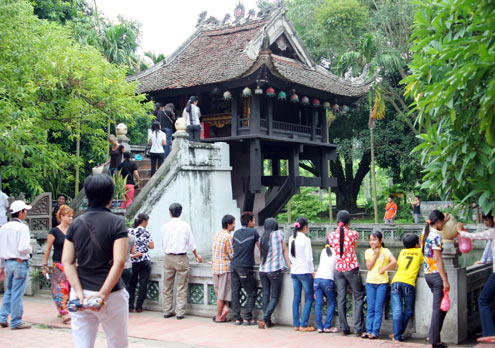
DOs & DONTs while traveling Vietnam tours
Vietnamese people are very gracious, polite and generous and will make every effort to make guests feel comfortable. Do not be...











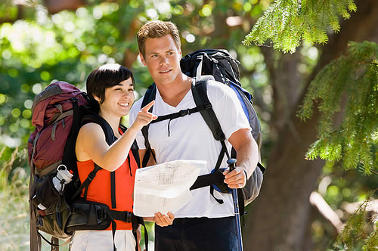
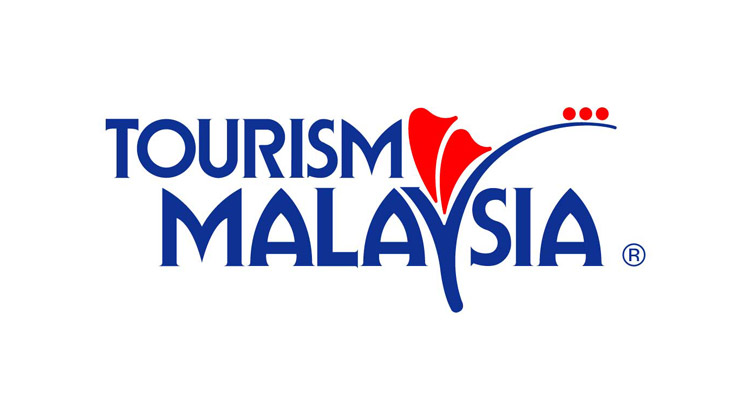

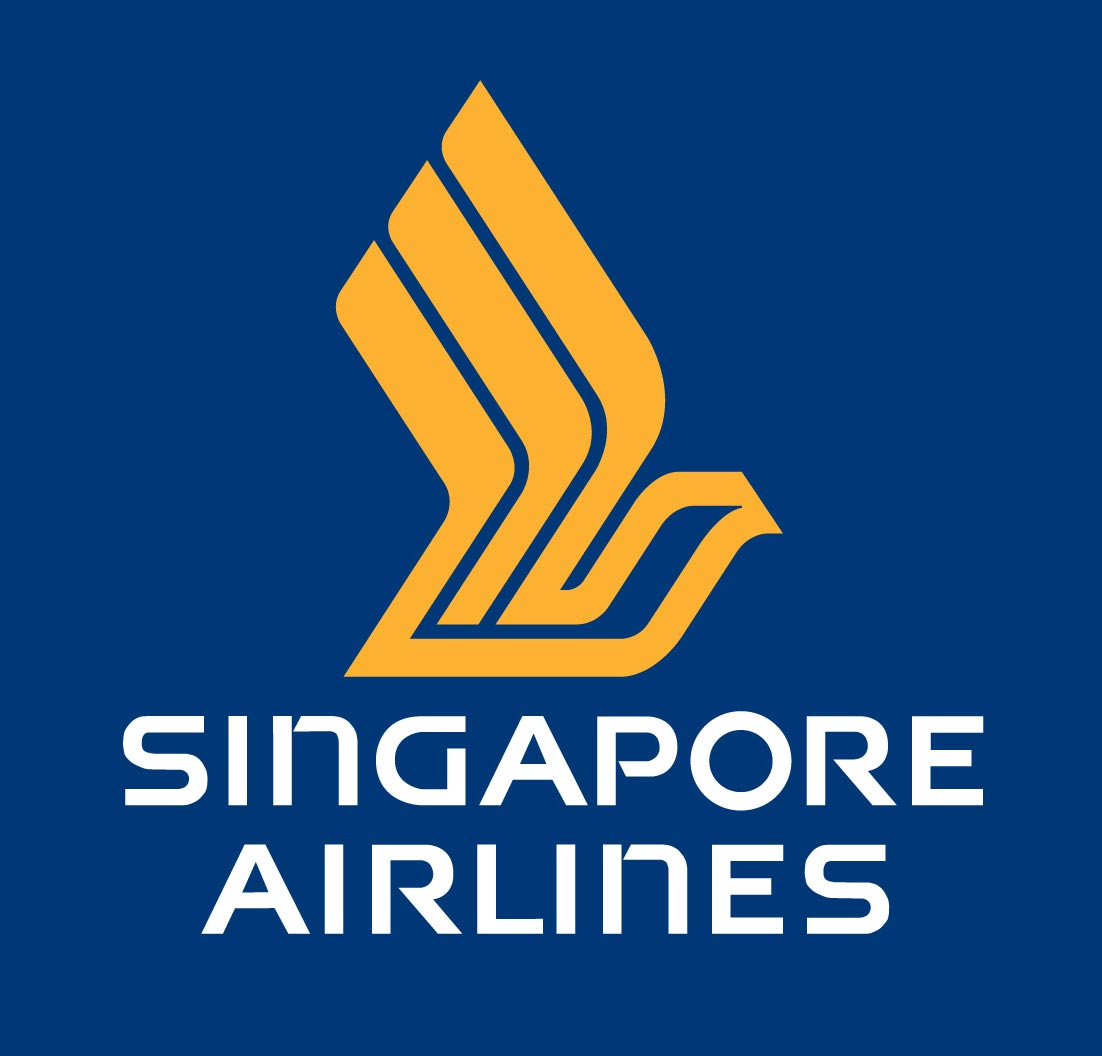
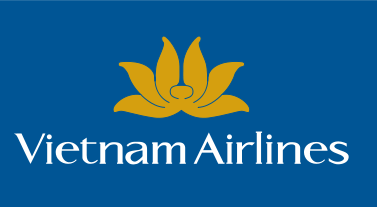

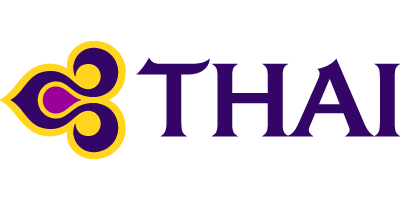
.png)
